Is Ngorongoro Crater Worth Visiting? Your Travel Guide
The question “is Ngorongoro Crater worth visiting?” resonates among many travelers seeking the African safari experience. This unique geological marvel is not only a testament to nature’s wonders but also a haven for some of the most diverse wildlife populations on the continent, in a condensed area.
When I was planning my trip to Tanzania, this location was a must see destination to be included and was worth it. In this Ngorongoro Crater travel guide, we delve into the reasons that make visiting Ngorongoro Crater a bucket-list adventure for nature and animal enthusiasts alike.
Disclaimer: This post may include affiliate links. If you click one of them, I may receive a small commission at no extra cost to you.
Ngorongoro Crater History
The Ngorongoro Crater, designated as a UNESCO World Heritage Site in 1979, owes its existence to volcanic activity that took place approximately 2 to 3 million years ago. Its formation was the result of a massive volcano that exploded and then collapsed on itself, creating the world’s largest intact caldera.
For those who do not know, a caldera is created when the volcano top can no longer be supported by the body of magma underneed, thus collapsing. It creates a volcanic cavity, shaped like a bowl (or crater) that is usually over 1 kilometre (0.6 miles) in diameter and has steep slopes on the edge.
In the center of the crater is Lake Magadi, an alkaline lake, where you can find many birds while on a safari, including flamingoes.
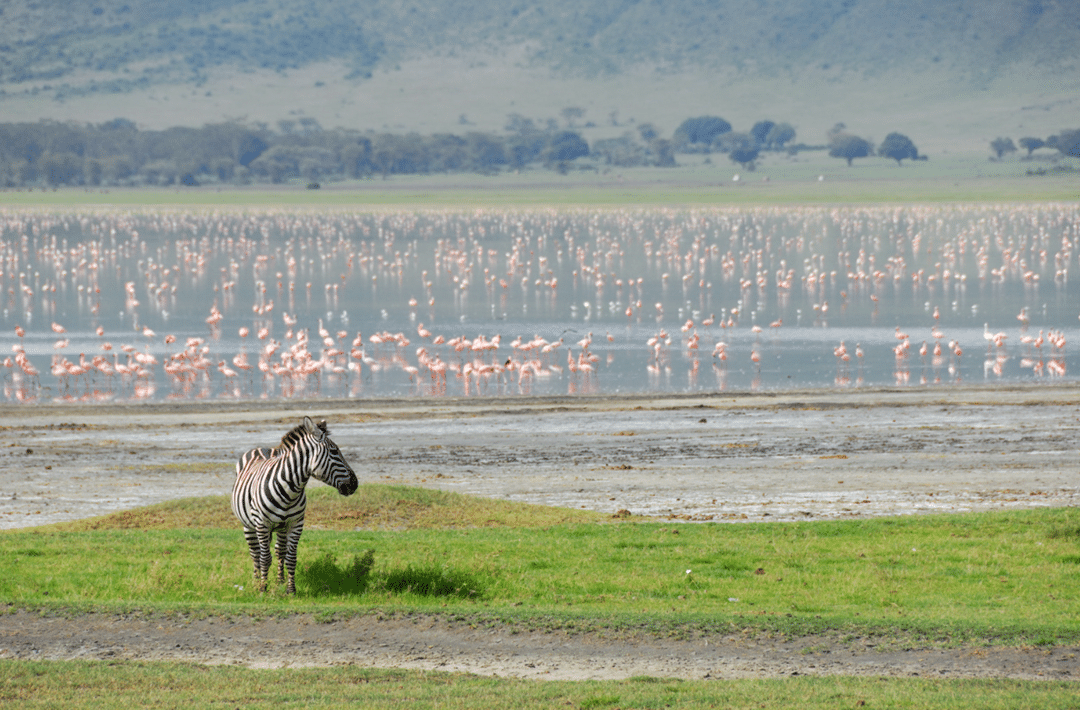
How Big Is the Ngorongoro Crater?
The crater spans approximately 20 kilometers across, with walls ranging between 400 to 600 meters deep and is made up of grasslands and forested areas. This place is unique because it’s the biggest caldera with fully intact, unbroken edges that has not filled with water.
Where Is the Ngorongoro Crater?
Located 180 kilometers (110 miles) from Arusha, visiting the Crater is easy to do. Due to its proximity to Serengeti National Park and Lake Manyara, the Ngorongoro Crater often serves as a highlight in a broader safari itinerary. Still wondering if Ngorongoro Crater is worth visiting? Most definitely! It’s a natural part of a safari in Northern Tanzania.
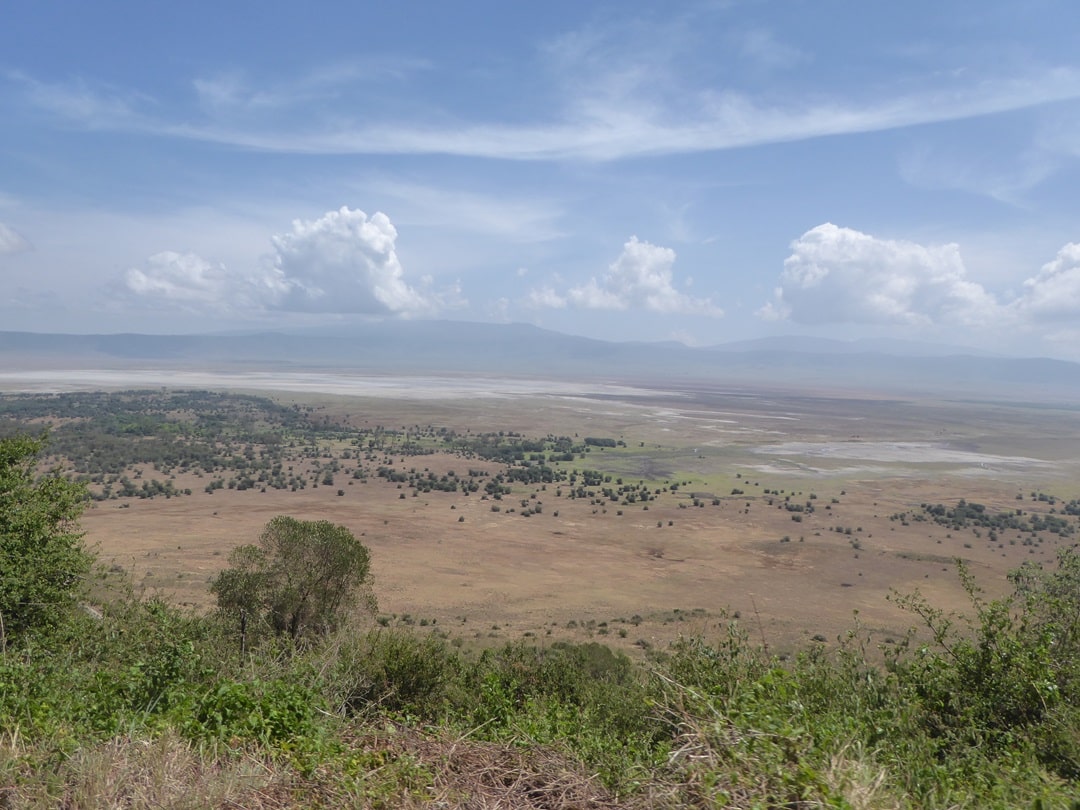
How to Get to the Ngorongoro Crater
Accessing the Ngorongoro Conservation Area, where the crater is located, is typically done via a flight to Kilimanjaro International Airport, near Arusha, followed by a scenic drive. The journey to the crater itself is a great introduction of what is to come, offering breathtaking views of the Tanzanian landscape. For those pondering if Ngorongoro Crater is worth visiting, the journey there answers the question with its stunning vistas alone.
Should I Self Drive or Take a Safari?
A self drive to Ngorongoro Crater is definitely doable. On arrival at the park, the rangers will recommend you take an experienced guide with you to get the best experience, but it is not mandatory. If your time is limited, then you can take a day trip to Ngorongoro and then you can sit back and enjoy the day without worrying about anything.
As stated above, including Ngorongoro is usually included in all safari itineraries. When I visited Tanzania, it was part of my itinerary and made sense to be part of it. Let the experienced guides lead you on your safari as they know where to go, what to look for and hidden gems that you may not know.
I work with Cloud Safaris in Tanzania and I would love to help you plan your trip! If you enter the referral code: THEWORLDTRAVELGIRL, you will receive $100 off your booking!
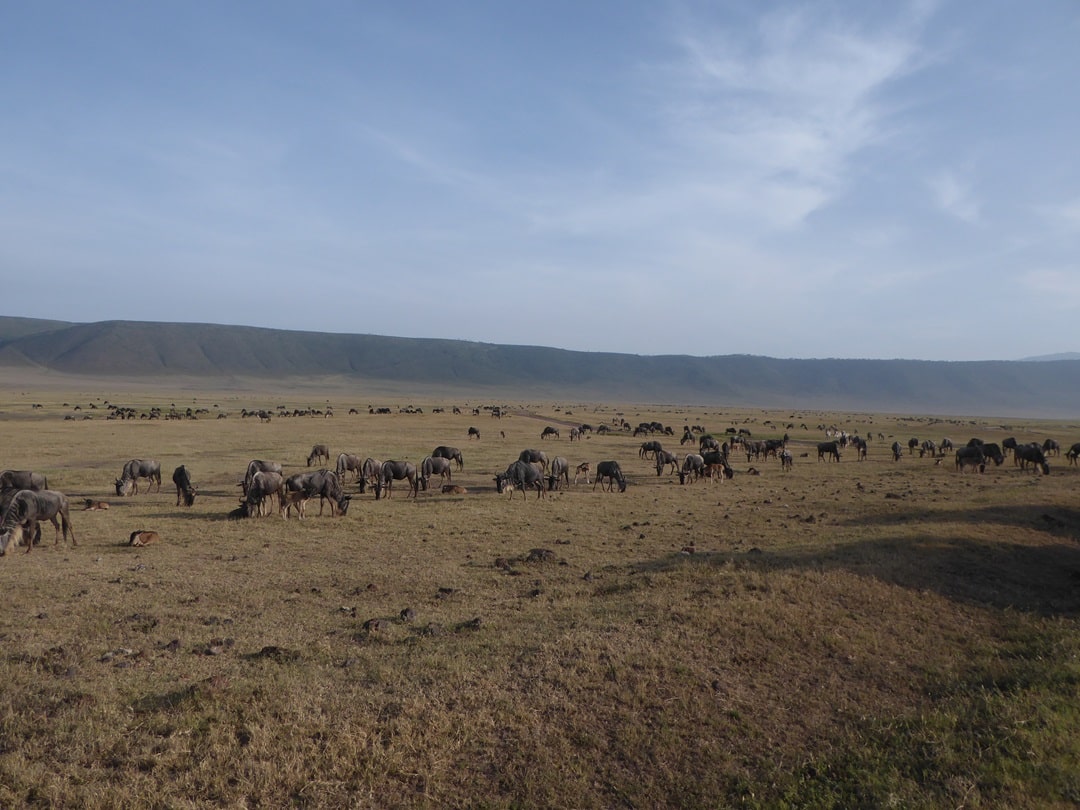
Ngorongoro Conservation Area Fees
The fees to enter the conservation area contribute to the conservation and maintenance of this pristine natural wonder. The fees include entrance to the conservation area, vehicle fees, and crater service charges. For a non-resident, expect to pay $70.80USD per adult, $23.60USD per child for the day.
If you visit the area on a day trip or as part of a safari, then these costs are included in what you pay for the safari.
When Is The Best Time to Visit Ngorongoro Crater?
The best time to visit Ngorongoro Crater is during the dry season, from June to October, when wildlife viewing is at its peak. The lack of water sources outside the crater drives animals to its floor, providing exceptional opportunities for wildlife encounters. With the cooler temperatures, it is also the peak tourist season, so be prepared to share the area with more people and vehicles.
January to February is another prime time to visit as it is another short dry season and the wildebeests are calving, which provides an extra special opportunity. I visited in February and the weather was great and I saw many animals and birds.
The rainy season, also known as the green season, from November to May (with a short break in between) is great for visitors who want to deal with less crowds and have reduced costs. It is also a prime time for birding, not that it isn’t great all year round.
Given the unique ecosystem, you will have great sightings no matter what time of year you visit Ngorongoro Crater, reinforcing the allure of visiting this place.
TIP: Be prepared that no matter what time of year you visit, the temperatures are quite cooler along the rim, due to the elevation. As you descend into the Crater, the temperatures will warm.
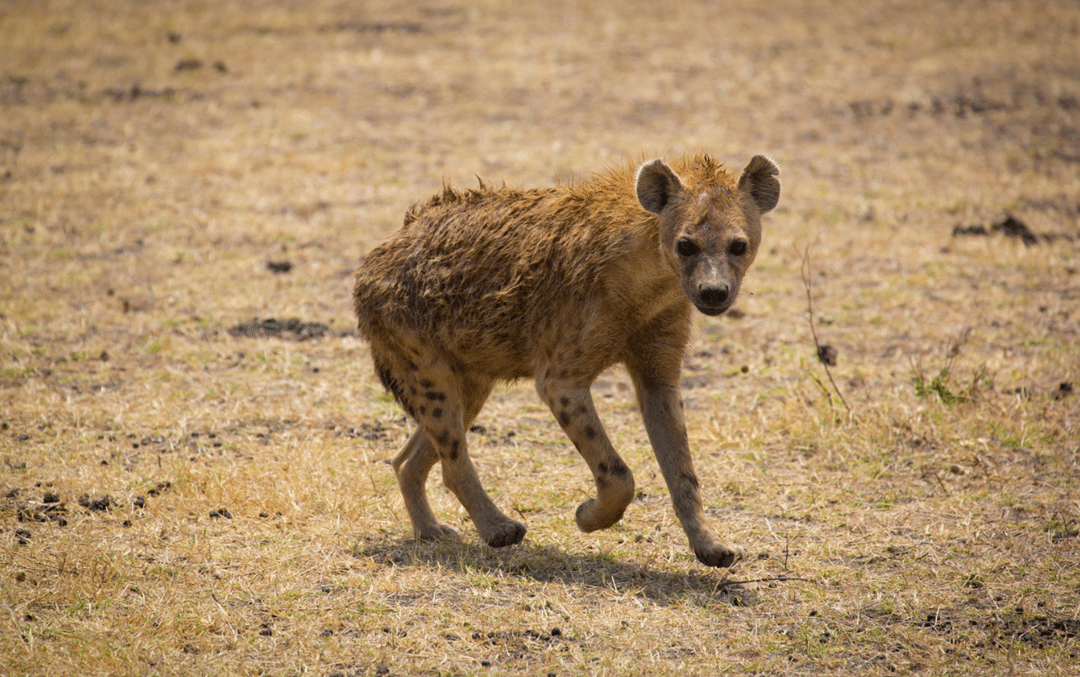
Animals in Ngorongoro Crater
Some people wonder how these animals got into the Crater and never left. It’s not 100% known how this happened, but it’s believed that since this area was once a migratory corridor, the wildlife passed through it and ended up staying given the diverse landscapes.
The short grasslands on the floor of the Crater provide for great grazing opportunities for the herbivores. This therefore attracts a large number of predators, making this one of the densest populations of wildlife found anywhere in Africa. There are at least 25,000 large mammals that live in Ngorongoro Crater.
This is one of the best places in Tanzania to see the endangered black rhino, offering hope for wildlife conservation. Beyond the rhinos, visitors can expect to see the Big Five including elephants, lions, buffalos, and a variety of antelopes.
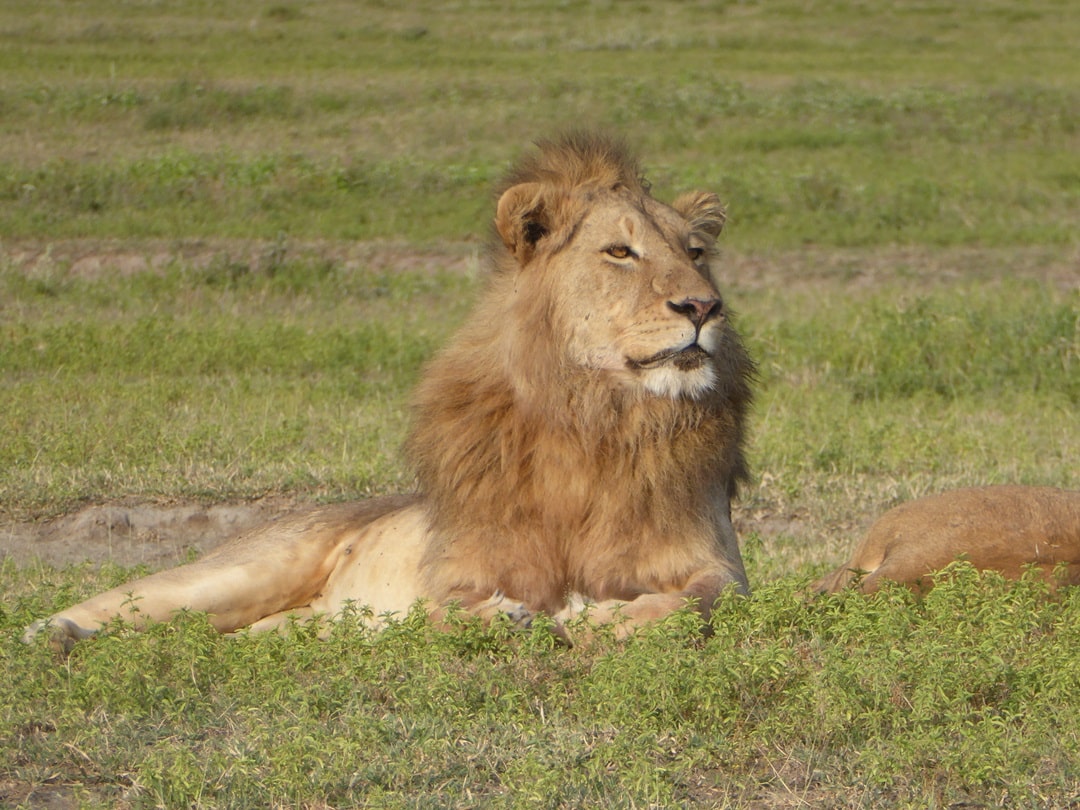
If you are an aspiring birdwatcher or looking to grow your bird life list, this is a prime spot to see some of the most amazing birds in Tanzania. There are 500 species of birds found in the Crater area, which makes it a prime spot for wildlife observation and photography.
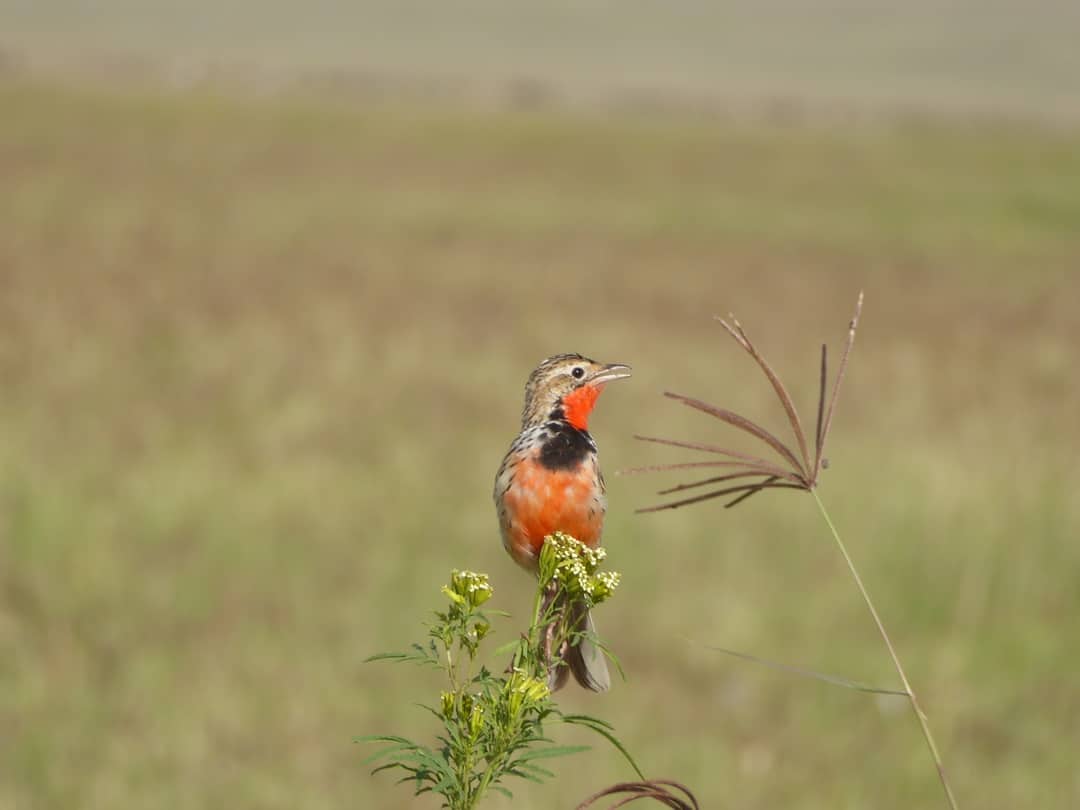
What Animals You Won’t See in the Ngorongoro Crater
Interestingly, there are no giraffes or impalas found inside the Crater. Due to the lack of open woodlands and certain tree species that they enjoy eating, it’s believed that is why they never made the move to the Crater.
You also will not see any crocodiles as the habitat is not preferred or conducive to their life.
It is also very rare to see cheetahs or African wild dogs in the Crater. If you want to see cheetahs you have a better chance in the Serengeti, and a chance to catch a glimpse of African wild dogs in the Selous Game Reserve in southern Tanzania.
Where to Stay Near Ngorongoro Crater
There are several excellent accommodation options nearby that offer both comfort and proximity to this natural wonder. One highly recommended choice is the Ngorongoro Serena Safari Lodge, perched on the crater rim, providing breathtaking views of the surrounding landscape. Another great option perched on the crater rim is the Ngorongoro Wildlife Lodge. I loved staying at this lodge and enjoying the views of the Crater from the rim.
There are a few other lodging options that are located close to the rim, but located in the lush forests and near the neighbouring coffee plantations, which is also another beautiful option I got to experience. There are many lodges in the area that provide cozy rooms, serene atmospheres and breathtaking views, no matter where you decision to stay.
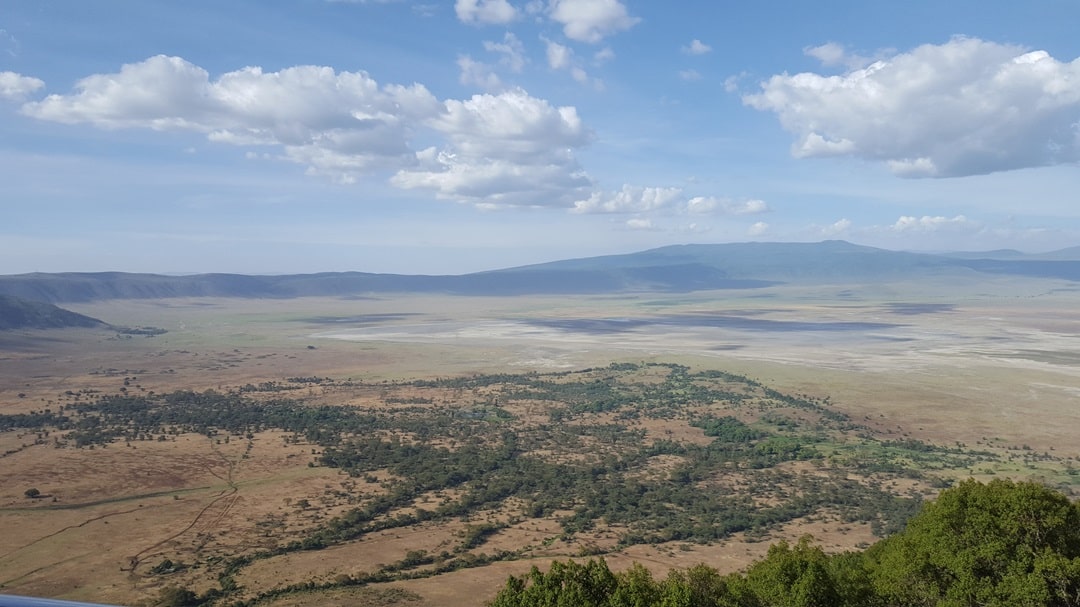
What Else Can You Do In The Area?
In addition to the safari experience of driving through Ngorongoro Crater, there are other activities you could partake in including:
- Guided walking safaris & hikes along the rim of the Crater (great for birdwatching!)
- Hike the Empakaai Crater, one of the only calderas you can hike in the area
- Cultural excursions to nearby Maasai villages offer insight into traditional customs and lifestyle
- Guided tours to Olduvai Gorge, a significant archaeological site just outside the crater; with a visit to the Olduvai Museum
If you have a few days to spend in the Ngorongoro Conservation area, then you can plan some of these activities with the tour company you book through or with the lodge you are staying at.
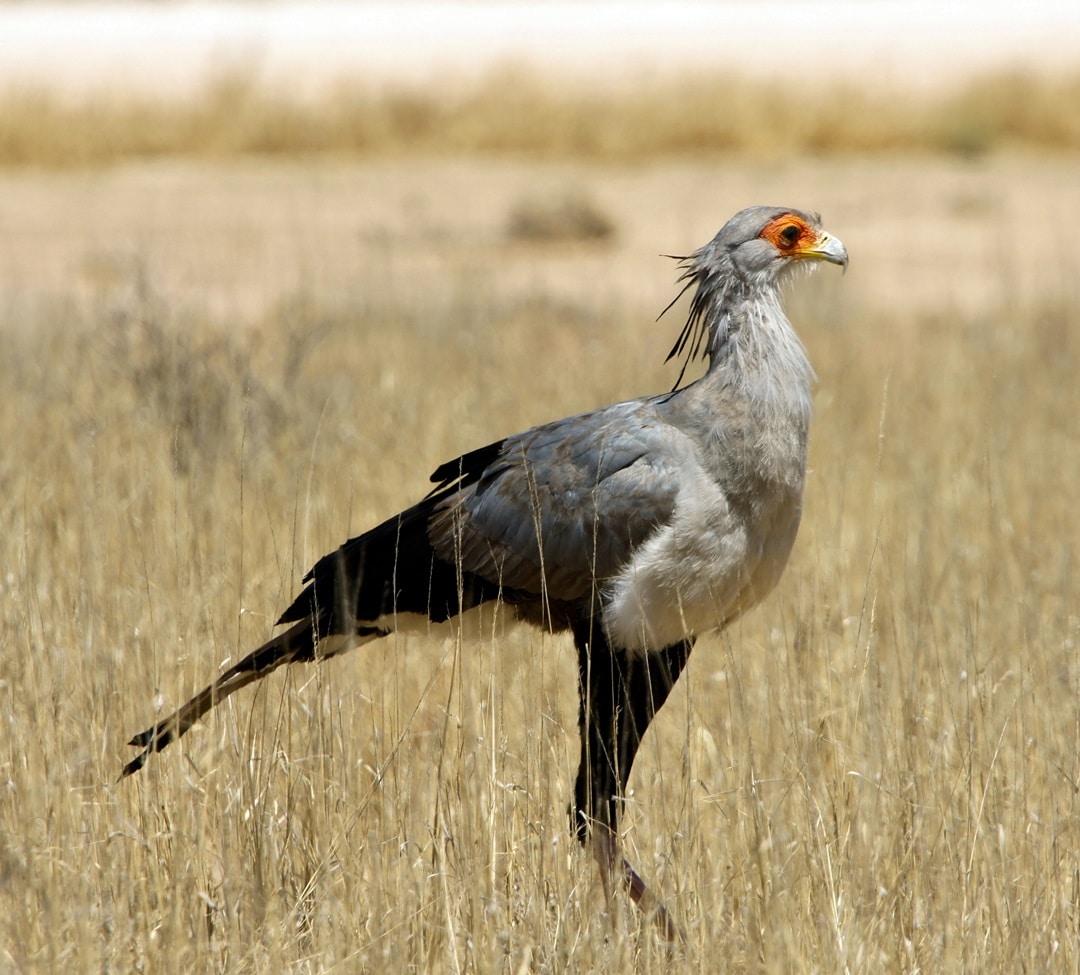
Final Thoughts
So, is Ngorongoro Crater worth visiting? Absolutely! With its unparalleled beauty, rich history, and diverse wildlife, the Ngorongoro Crater is a must see destination to be included in your Tanzania itinerary. Visiting Ngorongoro Crater is more than just a journey; it’s an opportunity to witness the delicate balance of life, connect with nature and to appreciate the importance of conservation efforts in preserving this area.
If you enjoyed my post, follow me on social media or subscribe to my newsletter below, so you can stay connected on future posts, trips, tips and more.


